The Case for Ambitious, Multi-Game Epics - The Codex Sidequest No. 2
I want longer games with better graphics, and I'm only kind of kidding

Like much of the global economy, the video game industry is in a precarious spot right now. Layoffs are everywhere. According to one tracker, we’re nearing an astounding twenty thousand layoffs in the game industry from the beginning of 2023 to April 2024. I’m very familiar with the challenges facing gaming right now; Mandi and I were also laid off from our game industry jobs just before we started Cartoon Ghost.
There are a lot of reasons for the state of things, and a lot of analysis still being done. Some of those reasons are tied to the greater state of the world and, as such, are entirely out of the hands of the industry. But there are also some choices made by studio heads and publishers that have exacerbated these problems—choices like acquisition spending sprees without an eye toward long-term sustainability.
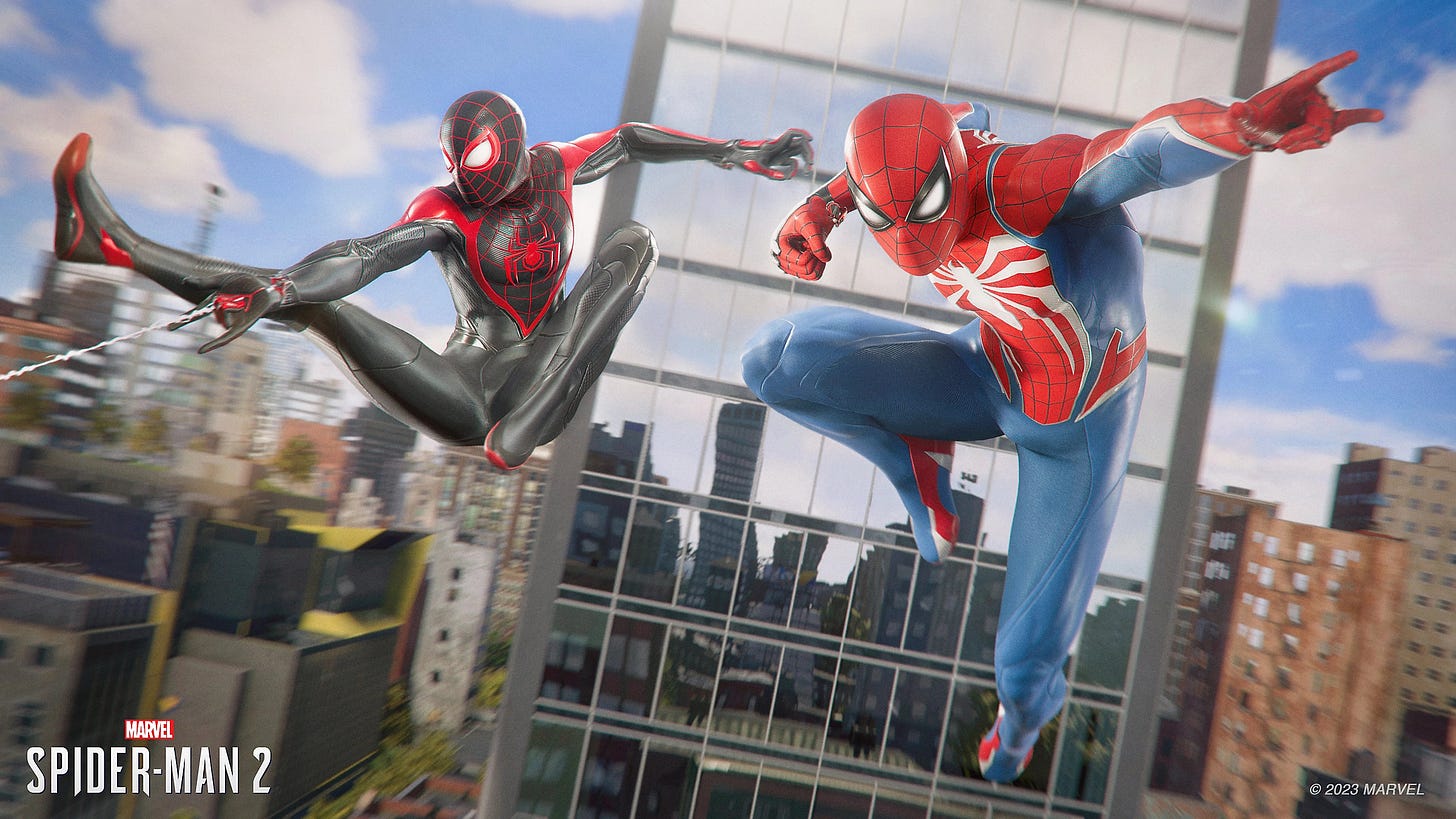
Another problem that a lot of analysts have understandably pointed to is the way that video game budgets and production cycles have ballooned to ridiculous degrees. The technology powering triple-A games has improved so that graphics can be mind-blowingly realistic, simulations can be incredibly deep, and motion capture can be lifelike, but all of that progress comes with a hefty price tag. Marvel’s Spider-Man 2 reportedly had a budget over $300 million, while Ubisoft has pushed the team working on its Assassin’s Creed franchise to nearly three thousand developers.
So what’s the solution? How does gaming move forward in a way that’s healthy and sustainable? Some developers believe the key is changing the scope of game development. They are seeking to create, to quote the brilliant Jordan Mallory, shorter games with worse graphics made by people who are paid more to work less. That’s an honorable goal, and I would never argue against it.
That said, I’m here to argue against it.
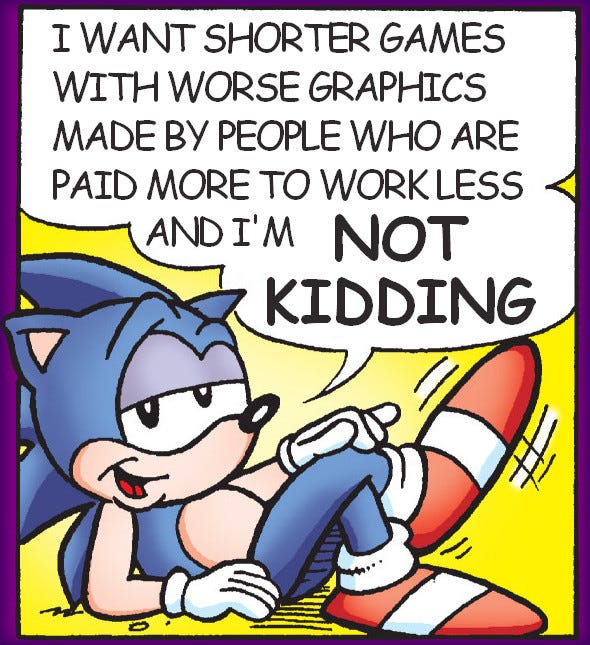
Okay, not really, but even as the gaming industry has started falling apart around us, I’ve found myself drawn more and more to the largest projects the industry has to offer. I don’t mean stand-alone triple-A games like Cyberpunk 2077 or even Final Fantasy XVI (though both of those are certainly fun enough). What I’m talking about are the truly ambitious projects, the kind that cannot be contained to a single game. I’m speaking of video game epics—epics in the classic literary sense, not the goofy, overused modern sense.
The most obvious example, notable for its recently launched second volume, is Square Enix’s ongoing Final Fantasy VII Remake project. I was skeptical about this whole endeavor from the moment it was announced, and that skepticism only increased when it was revealed that Square Enix would be taking a single game and exploding it out across multiple parts; the publisher eventually landed on planning for three parts to retell the same story I had played through in a single game as a teenager.
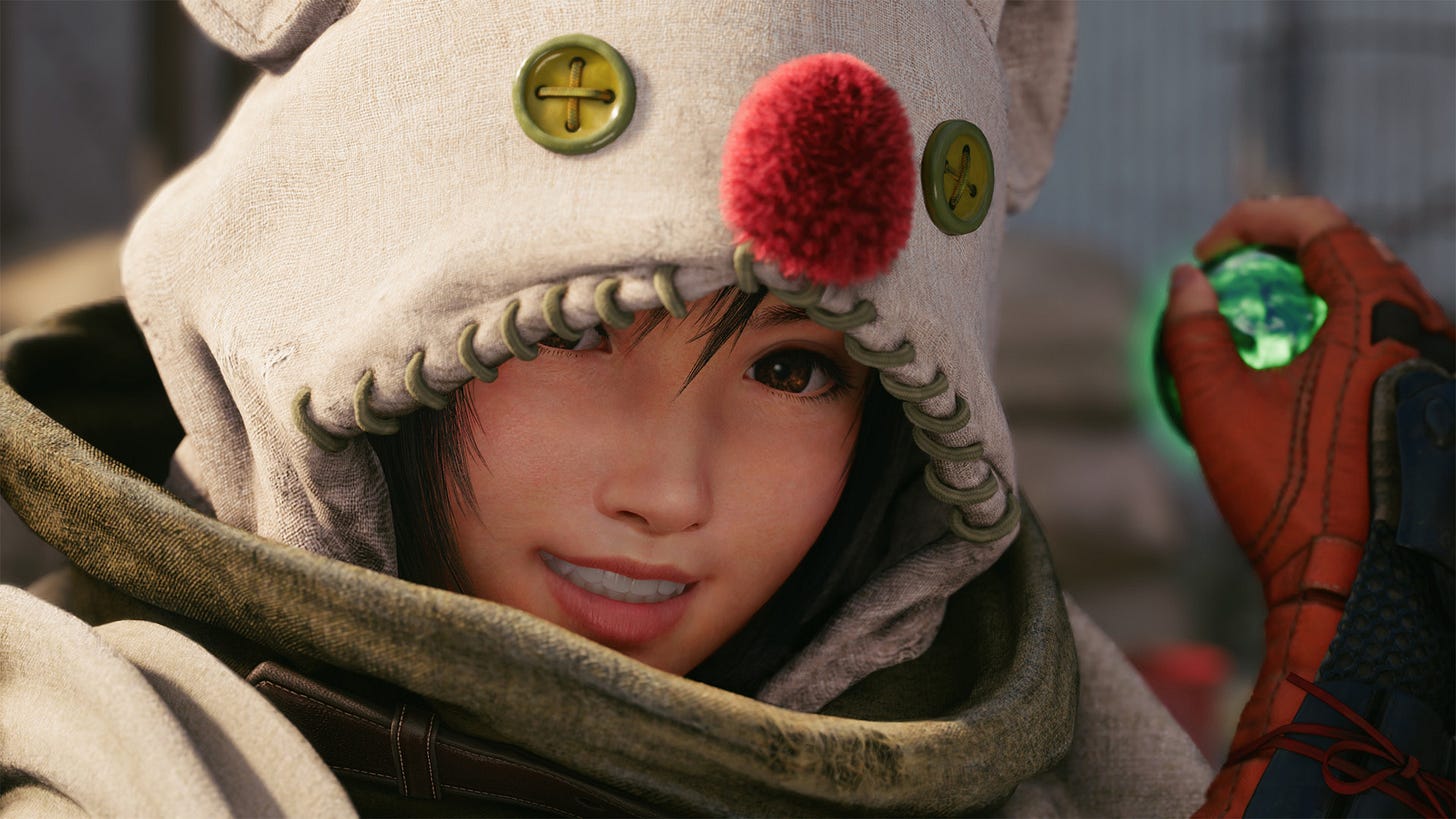
That skepticism still feels understandable, but I was pleased to discover it was misplaced when I played through Final Fantasy VII Remake (the first part of the trilogy) in 2020, and Final Fantasy VII Rebirth only drove the truth home even harder. I had worried this project would be some weird, unnecessarily bloated cash grab. Instead, it’s been a thoughtful, loving exploration of the characters and world of one of the most beloved Japanese RPGs of all time, with the extra game length used to flesh things out even more and provide surprising twists for returning players. It’s brilliant stuff.
You know what’s especially brilliant, though? The way that this remake effort wisely alleviates some of the problems with big-budget game development. I’m not even talking about how it relies on nostalgia for an already adored game (though obviously that helps), but I mean in a broader sense. Remake and Rebirth aren’t identical games, and I’m sure the third entry won’t match up one-to-one with either of them, but they are built on the same foundational technology—the same graphics and physics engines, the same core battle system, lots of shared character models and elements of the world, and so on.
All three games will also share the same core dev team, and that has a massive impact on the speed with which the games can be developed and thus the budget. Just look at the production time.
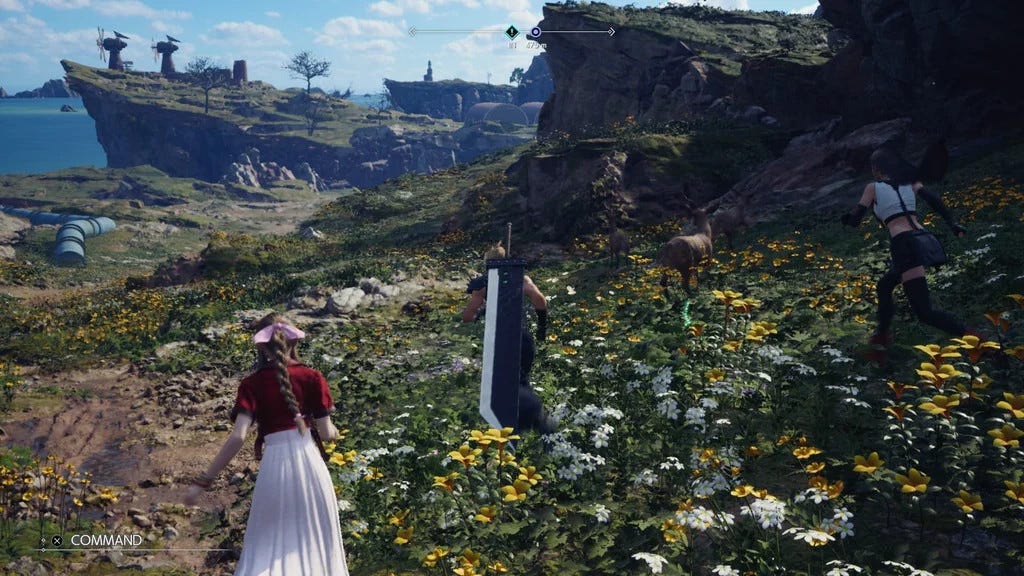
Many major triple-A games take anywhere from six to eight to even ten years from entering full production to being published. Final Fantasy VII Remake reportedly entered full production in 2015, the same year it was announced during Sony’s E3 press conference, which means it took around five years to develop. More or less standard. But then Final Fantasy VII Rebirth was turned around in just four years, and that’s including the time it took to develop and release the Intermission DLC for Remake. With no DLC planned for Rebirth, producer Yoshinori Kitase is hopeful that the third part will only take three years to develop. Even if it ends up taking four years, that’s still a speedy turnaround for a massive, high-fidelity RPG that’s sure to take sixty-plus hours to play through. And presumably a lot of that time can avoid one of the most expensive and frustrating parts of game development1 in prepping a new engine or making sure that a licensed engine can actually accomplish everything that’s needed.
Now of course not every game idea needs to be a multi-part series. Many games are fully standalone, and others might be made significantly worse if they’re spread thin over two or three or more releases just for the sake of economic concerns. It’s something that needs to be decided on a game-by-game basis. But when I look at stuff like The Last of Us or Marvel’s Spider-Man, I have to wonder if the development processes behind them couldn’t be smoothed out by making a plan for subsequent entries from the start and sticking with as much of the team and technology as possible.
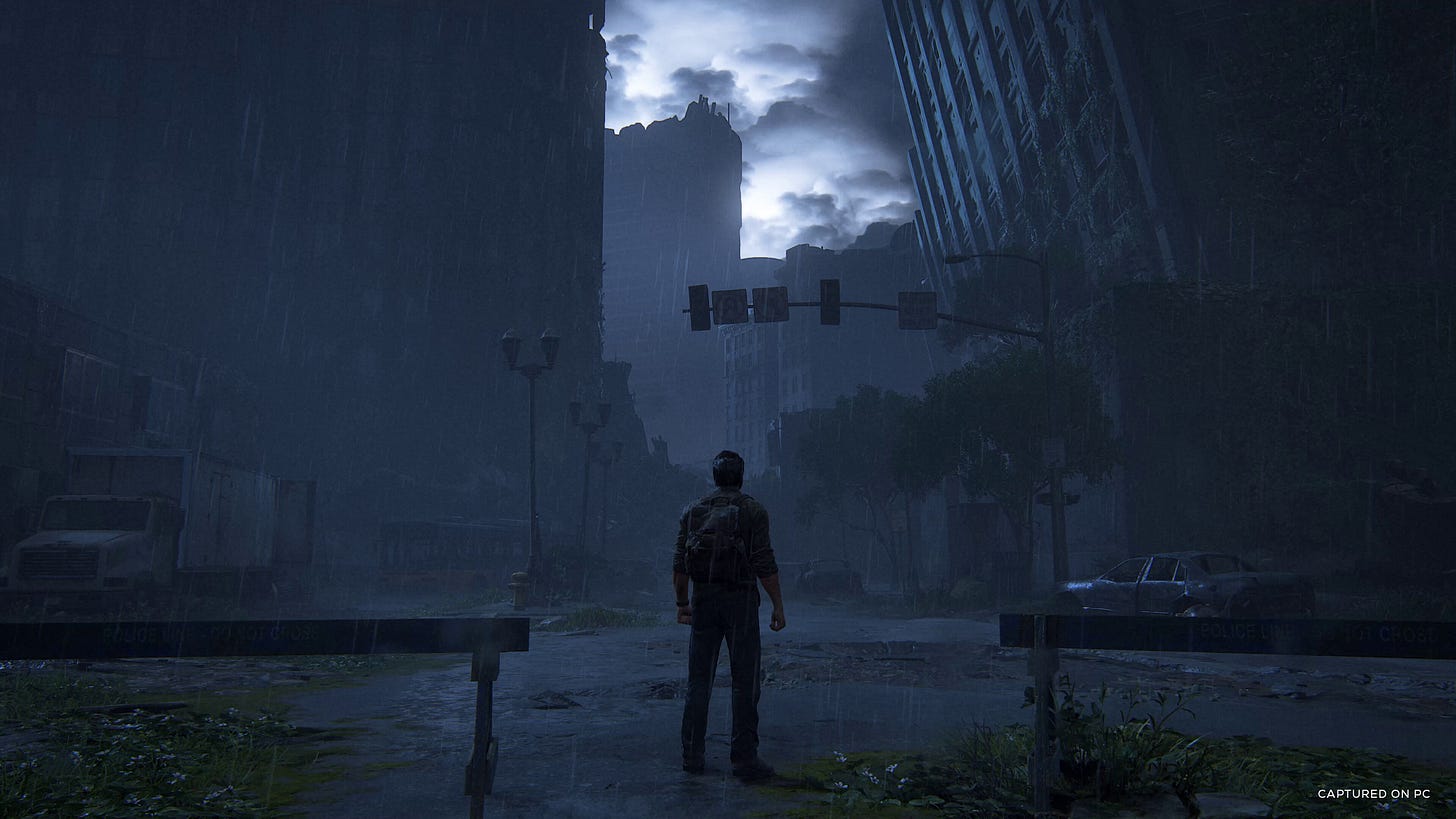
That’s my caveman-brain business pitch for why multi-part video game epics are worth pursuing, but I have a much more selfish reason for pitching this, which is simply that...I really enjoy witnessing a game’s characters and locations slowly built upon over the course of numerous games. I grew up reading long-running book series like Animorphs, The Wheel of Time, and the Dragonlance franchise—not to mention superhero comics. I’ve always loved casts and settings that linger and grow over the course of many years and hundreds or thousands of pages.
But even more than books or comics or movies, I feel like video games are especially suited for this kind of sprawl. We’re already generally spending more time in a video game world than we do in other media, especially in RPGs, and even in the most linear of games we’re usually given some degree of freedom over what we do with that time. Multi-game series allow players, if they so choose, to devote some of their time to getting to know even minor characters, or figuring out how the ecology of one region in a vast fictional world operates. It offers chances are further immersion, which can be profoundly rewarding.
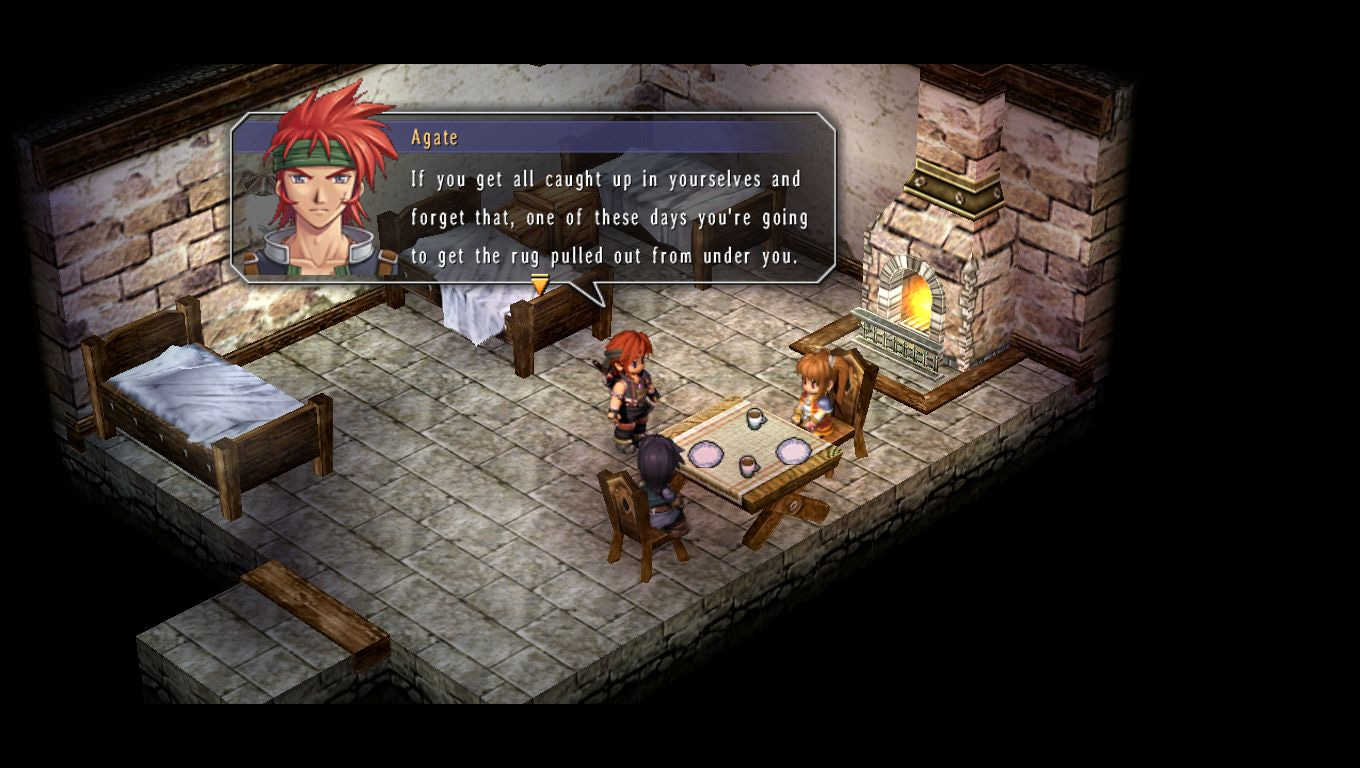
I’m not just talking about triple-A games either. Over the last couple months, I’ve been slowly replaying The Legend of Heroes: Trails in the Sky, a classic Japanese RPG originally released way back in 2004 but which didn’t make its way to North America until 2011. Though the Legend of Heroes series dates back to the late ’80s, initially starting as a spinoff of the Dragon Slayer games, Trails in the Sky was the launch of an ambitious new epic that would see developer Nihon Falcom exploring the nations, people, and history of a single world.
Since 2004, Nihon Falcom has slowly built up this world, releasing a new game every year or two. Aside from a few big tech upgrades at specific moments, many of these games have shared the same engine or combat systems. As of today, there are a whopping eleven Legend of Heroes games in the Trails series available in English, with the twelfth, The Legend of Heroes: Trails through Daybreak, launching this summer. Nihon Falcom has not said how many Trails games there will be in total, but the developer has stated that Trails through Daybreak represents the beginning of the “second half” of the series, so...there’s probably a fair bit left to go.
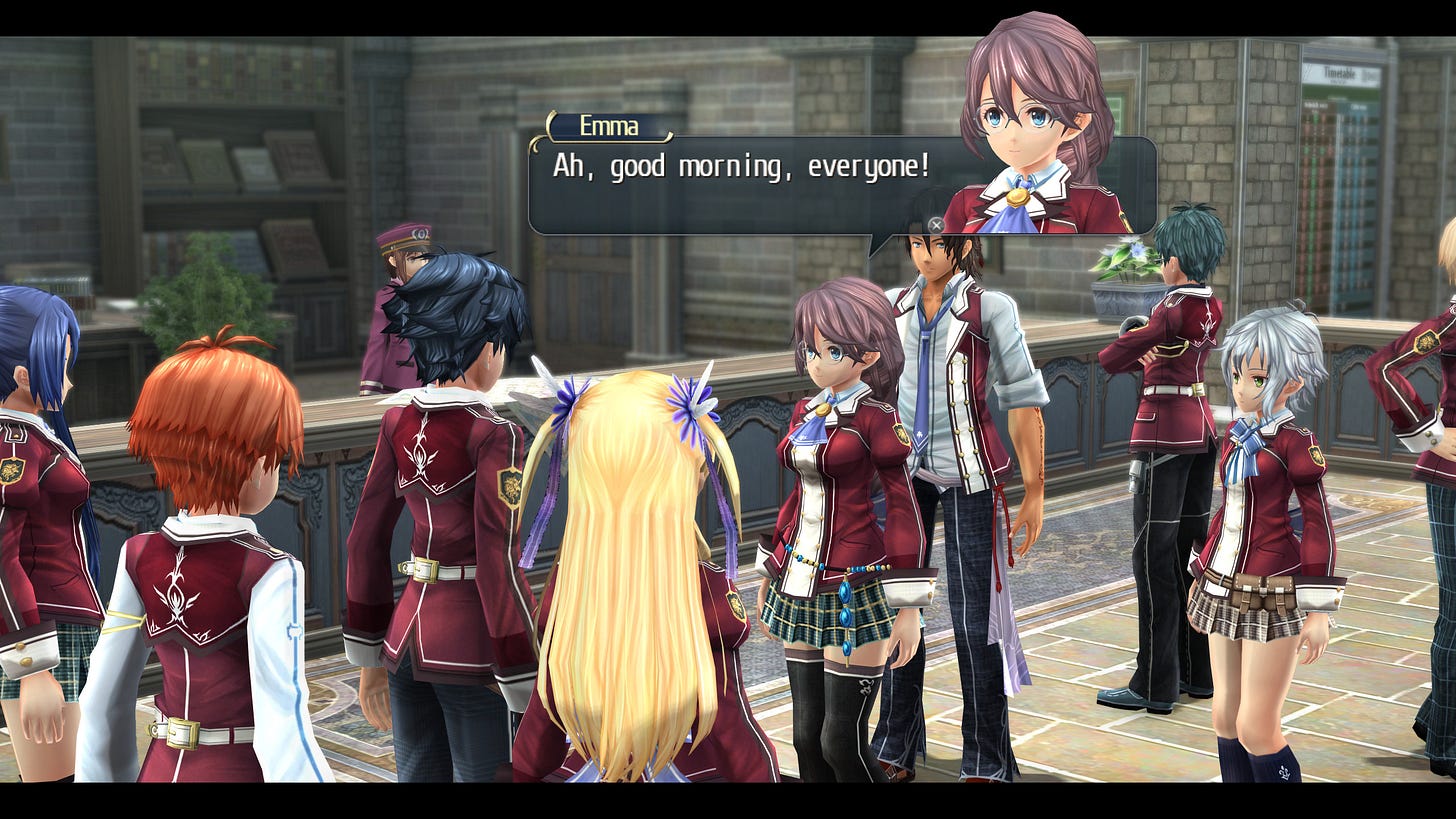
I’m nowhere near caught up on this series. In fact, Trails in the Sky is the only game I’ve played in it so far. I played it when it first launched in North America on PSP, reviewing it for Game Informer2. I never found the time the follow-up, The Legend of Heroes: Trails in the Sky SC, when it finally made its way West in 2015, and I knew that I needed to experience this series in the proper order, so I haven’t checked out later entries like much-loved The Legend of Heroes: Trails of Cold Steel tetralogy.
I wouldn’t fault anyone for being intimidated by the idea of needing to catch up on eleven games, with even more in the pipeline. For me, though, I absolutely love it. I’ve been relishing my playthrough of the first game, not rushing it, and I’m so excited to see how these character progress and grow up, and what it’s like to finally visit parts of this fantasy world that I’ve been hearing about up to this point.
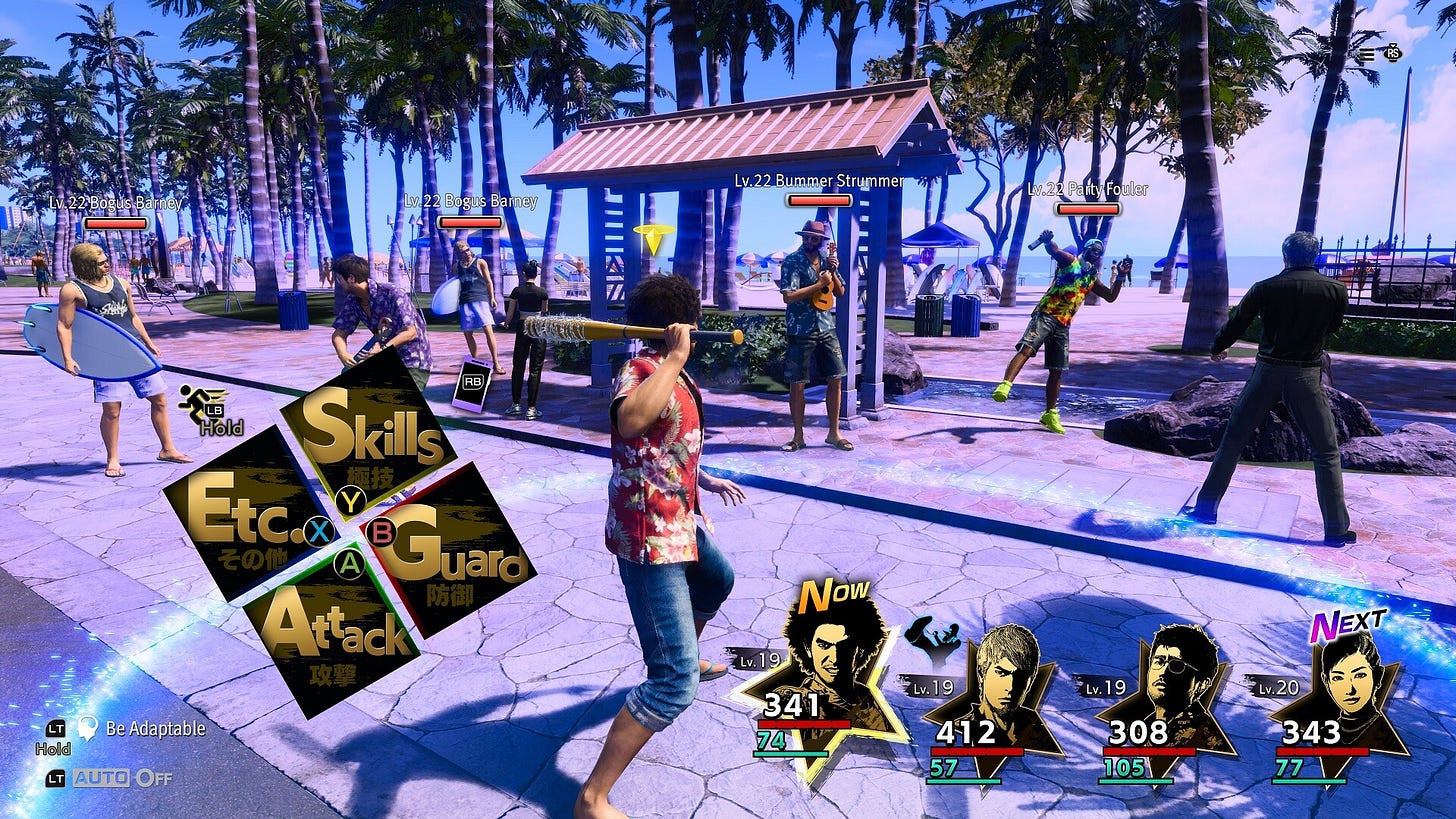
Another great example (and another one I’m woefully behind on) is the Yakuza series (or as it’s now known, Like a Dragon). Originally a janky but intriguing brawler/RPG hybrid crime thriller on the PlayStation 2, Sega and its Ryu Ga Gotoku Studio have steadily pumped out new entries at a similar rate to the Legend of Heroes games—one every year or two, often building on the same technology or combat systems.
Some Yakuza entries have been better received than others, certainly, but the fast iteration, shared dev teams and resources, and continued building of a recognizable cast has helped build up an enthusiastic fan base that eagerly jump into each new entry. And like Nihon Falcom, Sega has wisely made entry points for new players, such as 2020’s Yakuza: Like a Dragon, which saw a new protagonist take the lead, or 2018’s Judgment, a spin-off focusing on a slightly more law-abiding side of the same world. Fans who are pulled into these entries can then discover a long list of around a dozen games (including spinoffs) that they can then take their time catching up on. And if you’ve already been with the series for that long, what’s the likelihood that you’re just going to drop it and stop caring?
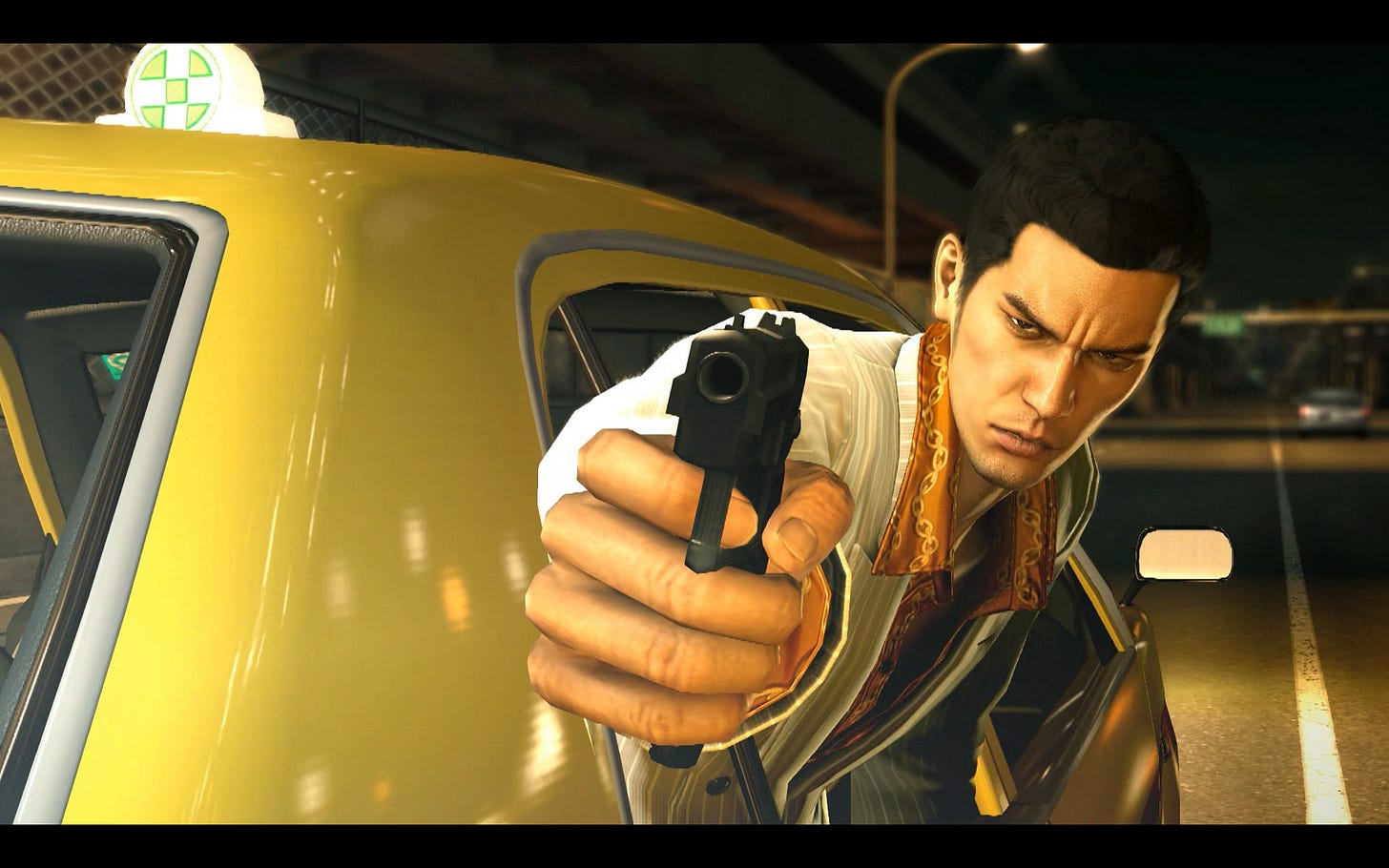
Video game studios are facing a lot of tough problems right now in figuring out how to move forward in an increasingly tumultuous world. Frankly, there are people much smarter than me working on overcoming those challenges, which I’m grateful for. But I hope some of the folks at major studios are looking at examples like Final Fantasy Remake and The Legend of Heroes and at least considering whether there are lessons that could be applied to their future plans. Again, I don’t think multi-game epics are right for every video game...but I do believe there’s a lot more interesting game design to be mined from this concept.
Anyway, I’m off to hopefully wrap up The Legend of Heroes: Trails in the Sky once more. I’m 55 hours in and just about to hit the final dungeon. And after that? Well, one game down, ten more to go until I’m caught up. How long could it possibly take?
PROGRAMMING NOTE: I’m working on the second main entry for The Codex and hoping to have it ready to go by this weekend. It’s a doozy, all about one of the first dungeon crawlers ever made, except this one’s actually still playable. Beyond that, I’m also going to be checking out Eiyuden Chronicle: Hundred Heroes, the just-launched spiritual successor to Konami’s long-abandoned Suikoden series. I’ll hopefully have some thoughts to share on that soon as well. Thank you for reading!
IMPORTANT CAVEAT: I’m an absolute dumbass who has never developed a video game and has what can best be described as a layman’s understanding of how game development works. If there are any game devs reading this who think I’m completely off base, please feel free to leave a comment or shoot me an email!
I’m not sure why that review is listed as “Trails in the Sky SC.” That’s actually the name of the sequel, and if you look at the screenshots and read the text it’s very clear that I’m reviewing the first game. Must be a bug with Game Informer’s website or something!




How do you feel about something like Gears of War 1-3? Same engine, same team, reused a lot of stuff with minor tweaks.
I think that reusing assets and systems is a great idea, so long as the game is fun. I do worry about burnout for these titles though, both player and developer. 10 years is a long time to be working on the same "project", even if that's three games one after the other. I can't keep my attention focused for more than a month, so that's an astronomical time for me.
OK and another, what are your thoughts on the Kemco RPGs, and all the RPG Maker games that use mostly the same art/sprites.